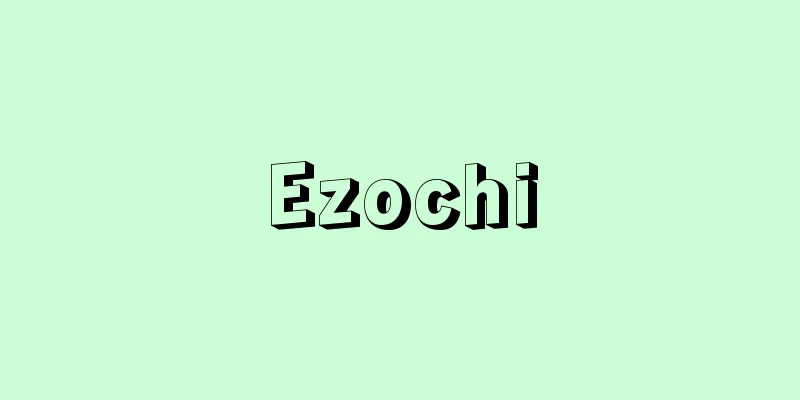Maitreya - Miroku

|
Dates of birth and death unknown. Founder of the Yogacara (Yuishiki) sect of Indian Buddhism. His Sanskrit name is Maitreyanātha or Maitreya. Ui Hakuju gave his birth and death years as 270-350, but Hikata Ryusho (1892-1991) has a more widely accepted theory that he was born and died between 350 and 430. The theory of Yogacara is said to have been perfected in the succession of Maitreya, Asanga, and Vasubandhu. Asanga is said to have ascended to Tushita Heaven and received teachings from Bodhisattva Maitreya, and the founder, Maitreya, has been thought to be the future Buddha, Bodhisattva Maitreya. However, it is difficult to attribute all the documents that are said to have been written by Maitreya to Muang, and currently, it is common to interpret a commentator who preached the Yogacara doctrine before Muang, as Maitreya. In China, five works are said to be written by Maitreya: the Treatise on the Mahayana Sutra, the Treatise on the Middle Ground, the Treatise on the Diamond Sutra, the Treatise on the Yogacara Pravda, the Treatise on the Yogacara Buddhism, and the Treatise on the Principles of Yoga. In Tibet, in addition to the two above, five works are said to have been written by Maitreya: the Treatise on the Dharma-nature, the Treatise on the Present Vision, and the Treatise on the Treasure Nature (called the Five Laws of Maitreya). However, the Yogacara-bhūmi-śāstra and the Ratāmaṇḍarīka-śāstra are highly questionable. It has been pointed out that the Maitreya-śāstra theory is characterized by a strong emphasis on emptiness. [Makio Takemura, December 12, 2016] [Reference items] | | | | |Source: Shogakukan Encyclopedia Nipponica About Encyclopedia Nipponica Information | Legend |
|
生没年不詳。インド仏教瑜伽行(ゆがぎょう)派(唯識(ゆいしき)派)の開祖。サンスクリット名はマイトレーヤナータMaitreyanāthaまたはマイトレーヤMaitreyaという。生没年に関し、宇井伯寿(ういはくじゅ)は270―350年としたが、干潟龍祥(ひかたりゅうしょう)(1892―1991)の350―430年説が有力である。唯識説は、弥勒―無著(むじゃく)―世親(せしん)の相承(そうじょう)のなかで大成されたといわれる。無著は、兜率天(とそつてん)に上り弥勒菩薩(ぼさつ)に教えを受けたと伝えられ、開祖の弥勒はその未来仏の弥勒菩薩と考えられてきた。しかし弥勒作とされる文献のすべてを無著に帰するのも困難であり、現在では、無著に先行して唯識説を説いた論師がおり、その者を弥勒と解するのが一般的である。中国では、弥勒作に、『大乗荘厳経論頌(だいじょうしょうごんきょうろんじゅ)』『弁中辺(べんちゅうへん)論頌』『金剛般若経(こんごうはんにゃぎょう)論頌』『分別瑜伽論(ふんべつゆがろん)』『瑜伽師地論(ゆがしじろん)』の五つが伝えられ、チベットでは上記前二書のほかに『法法性(ほうほっしょう)分別論』『現観荘厳(げんかんしょうごん)論頌』『宝性(ほうしょう)論頌』の五つが伝えられている(弥勒の五法という)。しかし、『瑜伽師地論』『宝性論頌』についてはきわめて疑問視される。弥勒の唯識説の特徴として、空観(くうがん)色の濃いことが指摘される。 [竹村牧男 2016年12月12日] [参照項目] | | | | |出典 小学館 日本大百科全書(ニッポニカ)日本大百科全書(ニッポニカ)について 情報 | 凡例 |
<<: Maitreya Dance - Miroku Dance
Recommend
General Geography
… [Phylogeography and Regional Geography] Because...
Eastern Cottontail
...Body length 21.5-47cm, tail length 1.5-6cm, we...
Shigeharu Matsumoto
A journalist from the Showa period. Born in Dojim...
Ayanishiki (English spelling) Martensia denticulata Harv.
This annual red algae resembles a reddish purple f...
Gunung Lawu (mountain) (English spelling)
A volcano towering over central Java, Indonesia. I...
Snow eater
… Chinook is a dry westerly wind that blows down ...
Jomok Taiseisho - Jomok Taiseisho
A reference book for nobles who carry out the appo...
John of Holywood
…Years of birth and death unknown. His English na...
Asahata Lowlands - Asahata Tateichi
…The Shimizu Plain, which spreads along the Tomoe...
Udatsuya - Udatsuya
…By the way, on the other hand, udatsu is also a ...
Sagara Clan Law - Sagara Shihat
These are the provincial laws of the Sagara clan, ...
Kennel, JH (English spelling) KennelJH
…No matter how perfect the physical childcare env...
《Hanjō Shinbun》 - Kanjō Shinbun
...After that, the newspaper was often suspended ...
Don Juan Manuel
1282‐1348 A Spanish prose writer. He was the nephe...
relocation center
… [Enemy Aliens during Wartime] As of the end of ...









![Kawakami [town] - Kawakami](/upload/images/67cb45dce64b3.webp)